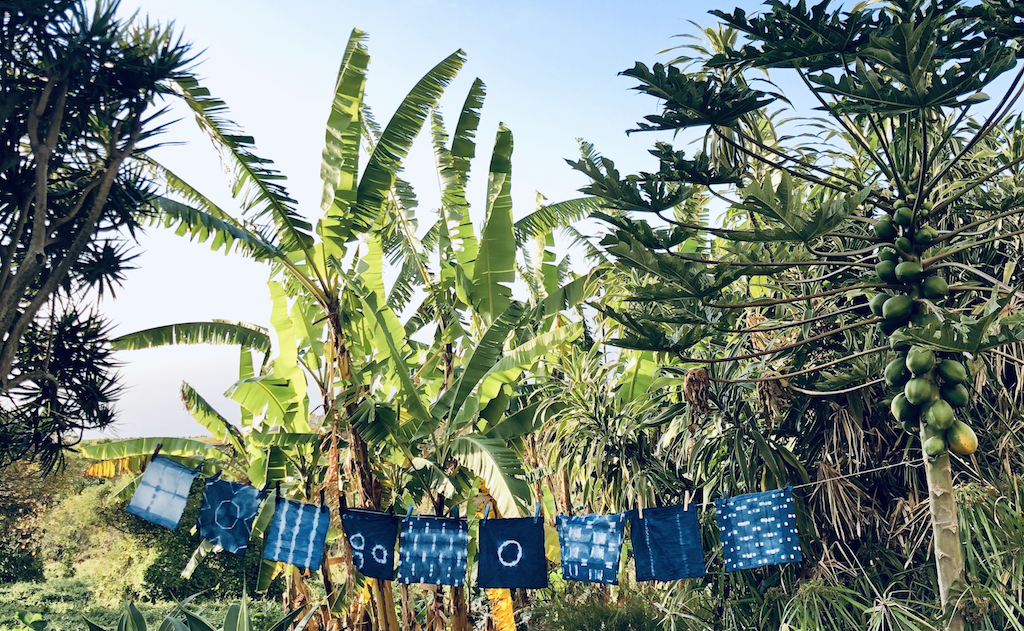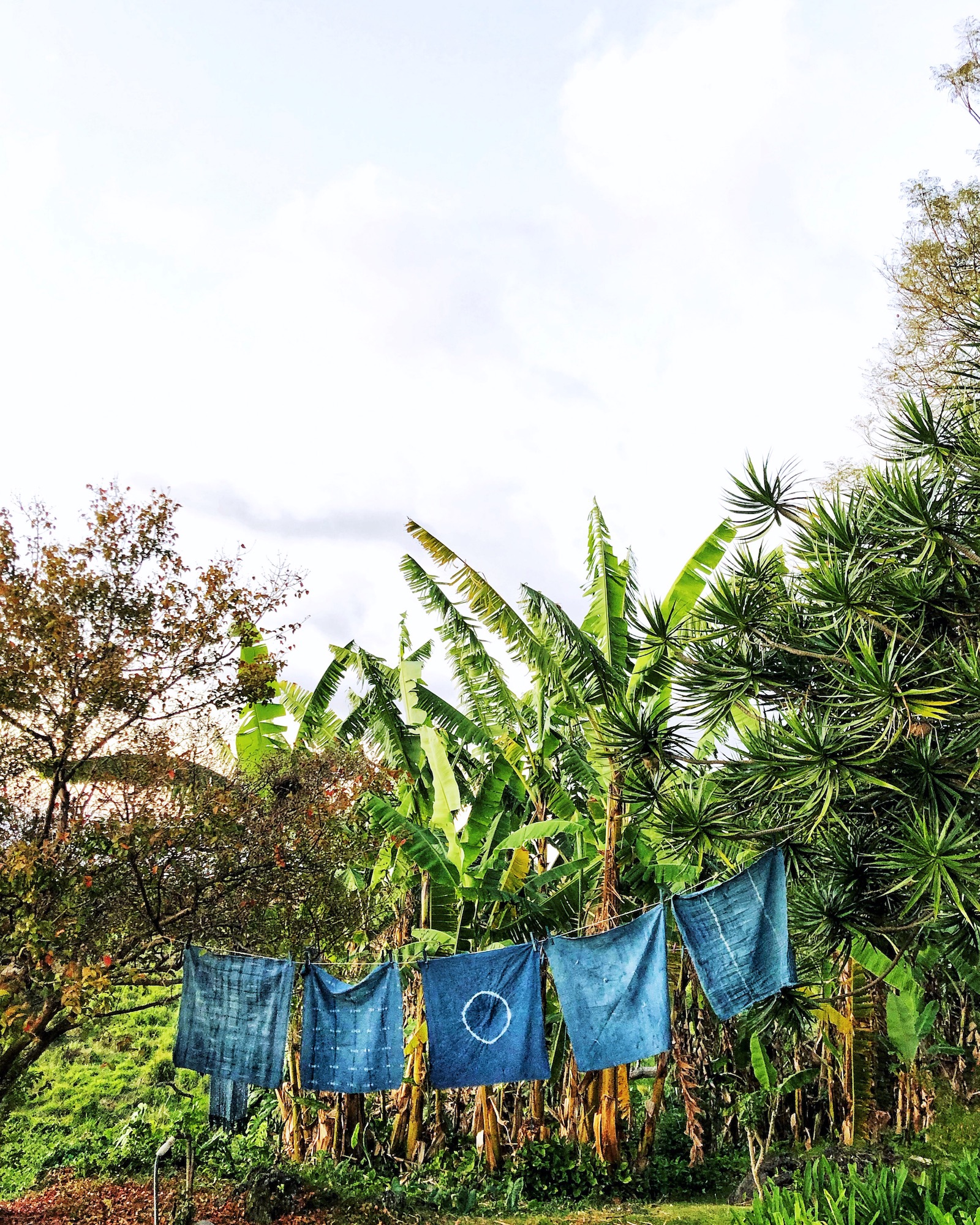
It’s easy to imagine we can silo our efforts to reduce our carbon footprint to one area of our lives: We think if we just reduce meat and dairy in our diet, or stop using single-use plastics, or nix paper towels, we’ll have done our part. But like in any other aspect of life, I know my efforts must consider the whole to be truly effective. It’s not about making one grand, unrealistic gesture in one myopic area of my life. It’s about making small, reasonable, actionable changes in every arena.
In the past year, I’ve learned a great deal about the environmental impact of the fashion and textile industries from luminaries like Aja Barber, The Slow Factory, Remy Holwick, Decker Shop, and Cameron Russell. And yesterday, at home with family, I had the immersive pleasure of learning a bit of the art of indigo dyeing from visual artist Shelley Lindberg, who brought the fermented indigo from Sauvie Island, near her home in Hood River, Oregon. I spent the week sourcing materials (I wanted to make throw pillow case covers, and a friend suggested I use canvas drop cloth—super affordable from any hardware store) and researching binding techniques.

The process itself is laborious, creative, meditative, delightful. Surprising and illuminating. It’s an art that reveals itself through doing, demanding a willingness to evolve, improvise, let go on the spot. It’s also an art that made me consider, yet again, the necessity of slowing down. Not just for my own internal ecosystem, but for the good of the environment.
Reclaiming the power to source beauty, color, and design from the earth, from ancient traditions, from our own hands, is one part of the matrix of right action needed to seed lasting change. I’m not suggesting the solution to climate change is in an afternoon of shibori dyeing. I’m saying it’s time we wake up to the reality that our lives can be more tactile, more earth connected, simpler, less costly, and more beautiful with just a shift in perspective.



